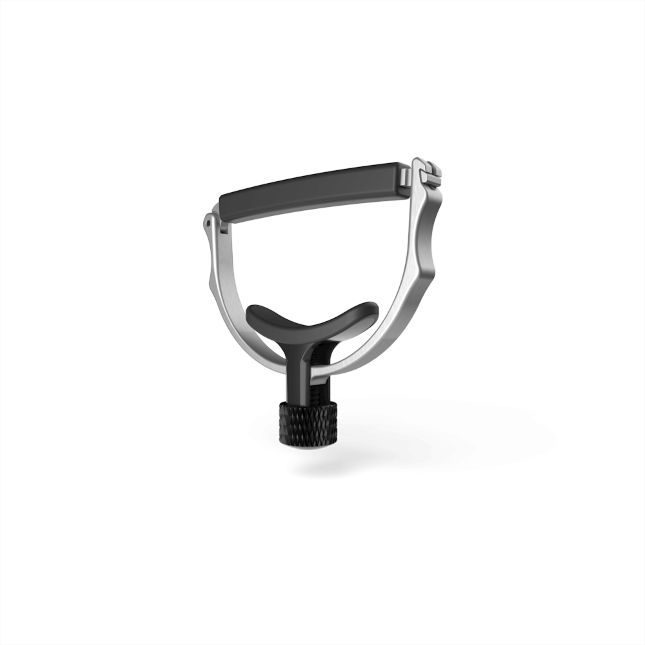Guitar String Notes
The first step in your guitar journey is learning the notes of each guitar string. Remember all six and you'll be creating beautiful music in no time.
The standard guitar is typically tuned to EADGBE from the thickest (lowest-pitched) string to the thinnest (highest-pitched) string. A funny and easy way to remember these notes in order is to say "Eddie Ate Dynamite, Good Bye Eddie". Say it a few times and you'll never forget the guitar strings' notes again. Here's an explanation of each string and the corresponding note it represents:

1. E string: This is the thickest string. It is usually closest to you and is often called the 6th string. When played open (without pressing down any frets) it produces the Low E note. On a D’Addario string, this has a brass-colored ball end.
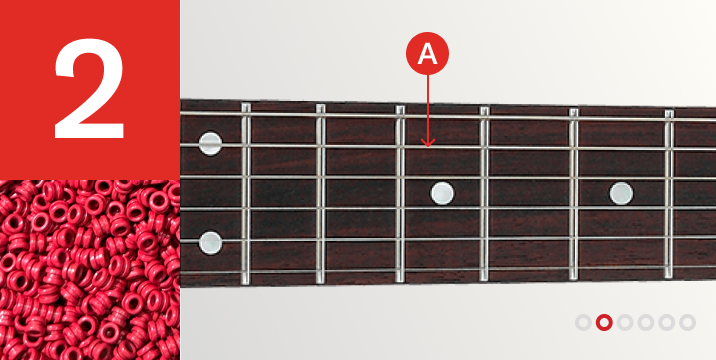
2. A string: This is the second thickest string and is referred to as the 5th string. When played open, it produces the note A. It is the only A string on the guitar. On a D’Addario string, this has a red-colored ball end.
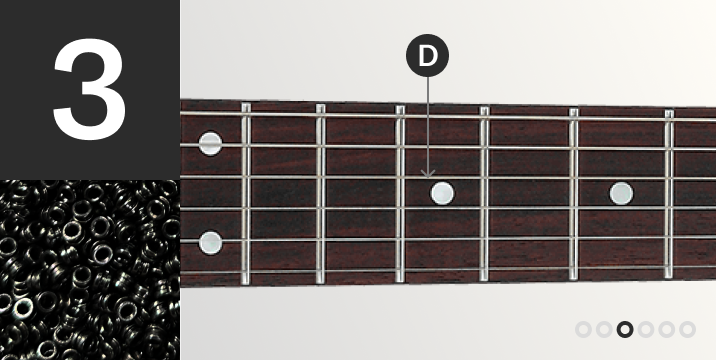
3. D string: This is the third thickest string and is known as the 4th string. When played open, it produces the note D. It is the only D string on the guitar. On a D’Addario string, this has a black-colored ball end.
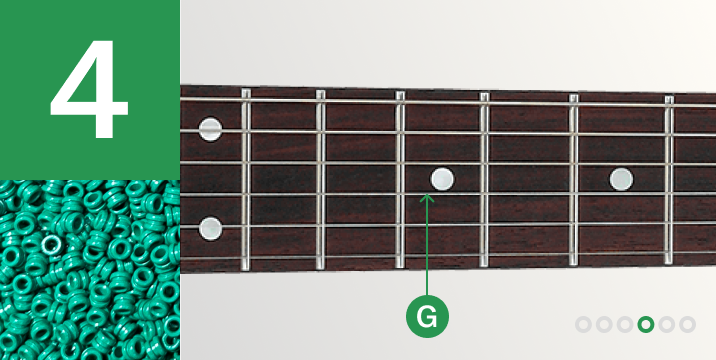
4. G string: This is the fourth thickest string and is referred to as the 3rd string. When played open, it produces the note G. It is the only G string on the guitar. On a D’Addario string, this has a green-colored ball end.
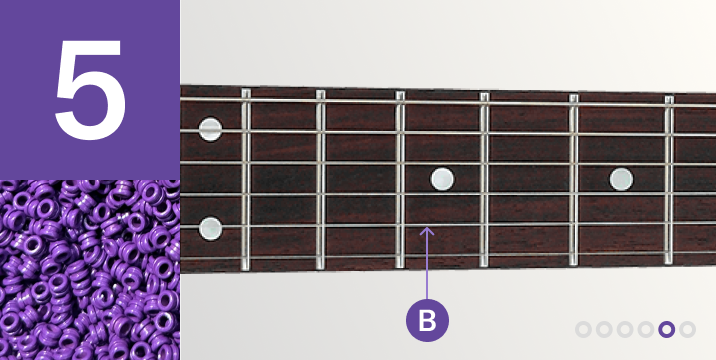
5. B string: This is the second thinnest string and is known as the 2nd string. When played open, it produces the note B. It is the only B string on the guitar. On a D’Addario string, this has a purple-colored ball end.
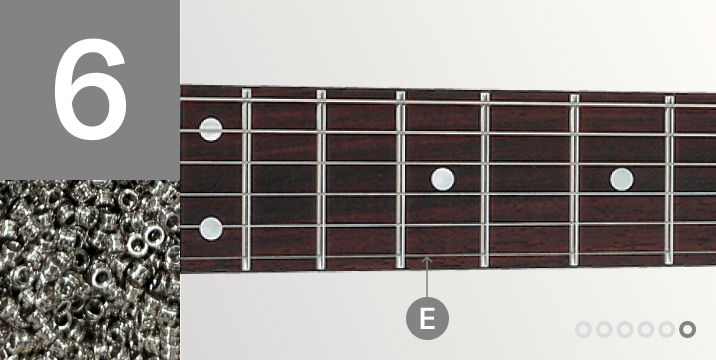
6. E string: This is the thinnest string and is often called the 1st string or high E string. When played open, it also produces the note E. On a D’Addario string, this has a silver-colored ball end. This one is two octaves higher than the Low E. The notes along this string are the same, just two octaves higher. An octave is the space between two notes with the same name but one is higher or lower than the other.
Please note that these are the standard tuning notes for a guitar, but it is possible to tune the strings differently for various musical purposes or styles. If you’re tuning by ear, you can use this easy trick to get the guitar in tune with itself. Play the 5th fret of the low E, or 6th string. This note is the same as the open A string. You can repeat this process to tune the D string to the 5th fret of the A, the G string to the 5th fret of the D, the B string to the 4th fret of the G, and the high E to the fifth fret of the B string. If you want to be in tune with a band or other musicians, get yourself a tuner!
FOR THIS LESSON
